The latest news from Setaram
Whether a seminar, market news, new content, upcoming trade shows, product innovation, promotions, customer feedback or other topical news and events, we strive to keep you informed

Filter by category:
20% discount on our Setline DSC and Setline STA*

Categories: Product & Brand
Excerpt: Need a 20% discount on simple & powerful thermal analysis instruments ?
Webinar – Hydrogen
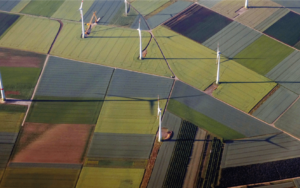
Categories: Webinar
Excerpt: Hydrogen is a clean source of energy, and it plays an important role in mitigating environmental challenges as well as facilitating the transition into a more sustainable future.
Webinar – Corrosion
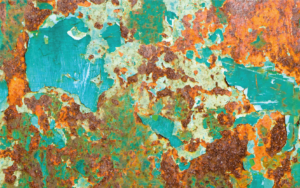
Categories: Archives
Excerpt: Thursday,March 21st (10:00 – 11:00 AM GMT+1) – Webinar: How to test materials protection against high temperature corrosion? Live webinar using Microsoft Teams Many industrial…
Webinar – Metals & Ceramics
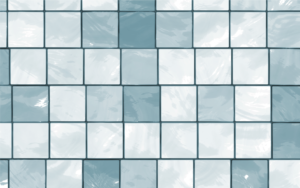
Categories: Archives
Excerpt: Thursday,February 22nd (1:00 – 1:30 PM Eastern Time) – Webinar: Thermal Analysis for the Characterization of Metals and Ceramics Live webinar using Microsoft Teams Thermal…
2024 Webinar program

Categories: Webinar
Excerpt: Register now for an upcoming webinar (depending on your timezone):
Webinar – Batteries
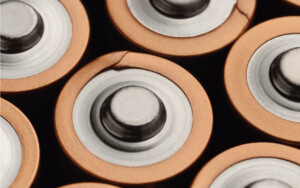
Categories: Archives
Excerpt: Thursday, November 30th (1:00 – 1:30 PM Eastern Time) – Webinar: Calorimetry and thermal analysis for better batteries Live webinar using Microsoft Teams In the…
Webinar – Batteries Thermal Safety
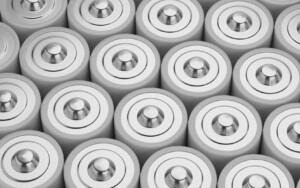
Categories: Archives
Excerpt: Thursday, October 26th (10:00 – 10:30 AM GMT+2) – Webinar: How to improve batteries thermal safety ? Live webinar using Microsoft Teams In our world…
Webinar – Corrosion Materials
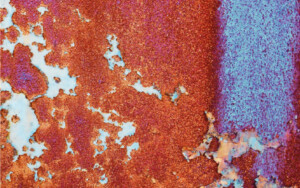
Categories: Archives
Excerpt: Thursday, September 28th (1:00 – 1:30 PM Eastern Daylight Time) – Webinar: How to test materials protection against corrosion? Live webinar using Microsoft Teams Corrosion…
Webinar – Green materials
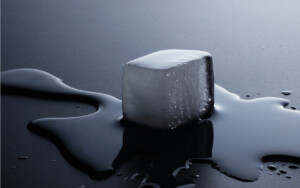
Categories: Archives
Excerpt: Thursday, September 21 (10:00 – 10:30 AM GMT+2) – Webinar: Thermal Analysis and Calorimetry for green materials & processes Live webinar using Microsoft Teams Global…
Robots designed by humans
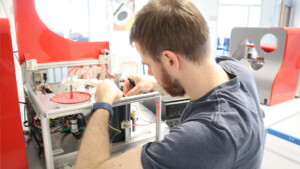
Categories: Applications & Technologies
Excerpt: For more than 10 years, the KEP Technologies Group has been developing from A to Z autosamplers for its thermal analyzers, to meet the needs…
The EPFL School of Physics talks about our Themys One
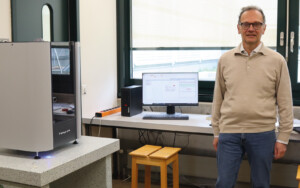
Categories: People
Excerpt: TESTIMONIAL Pr. Daniele Mari Deputy Director of the School of Physics. Adjunct Professor. Responsible for Student Laboratories. Few minutes to spare? WATCH TESTIMONIAL EPFL…
Webinar – Methods for reliable tests
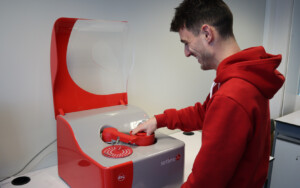
Categories: Archives
Excerpt: Thursday, May 25 (1:00 – 1:30 PM Eastern Daylight Time) – Webinar: More reliable thermal analysis tests with standardized methods Live webinar using Microsoft Teams…